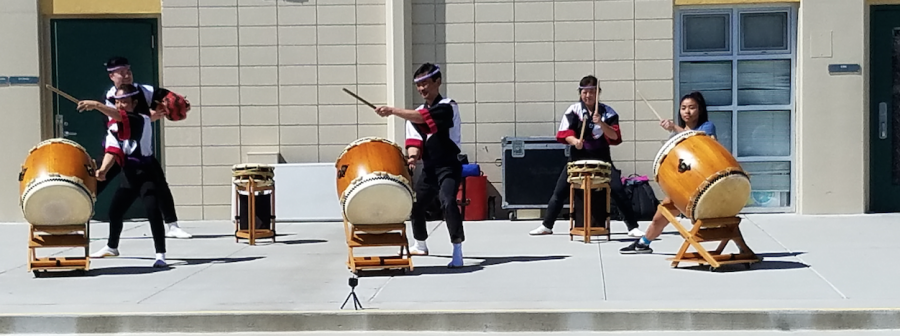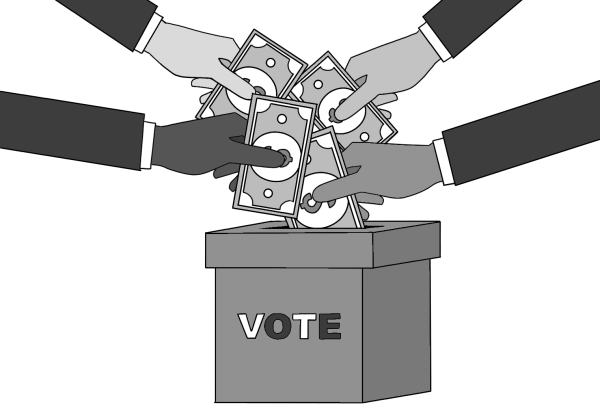The Bar-On Brief: Cherishing diversity
San Jose Taiko performance on Mar. 28, one of many activities of Multicultural Week 2017. (Photo by Shauli Bar-On)

Diversity. It’s a word HHS students have heard ever so often. It’s a word that generally brings a positive connotation, one that automatically brings thoughts of a community living in harmony.
But not everyone thinks like that. And no, white supremacists and xenophobes are not the only ones I’m referring to.
Many private schools group students together by religion or academic interest. Many of these schools are right in our backyards. Many prefer attending schools with a particular religious association.
Some of these students I’ve spoken to cite the inevitable cliques that form in large, diverse schools. But the benefits of diverse schools outweigh their drawbacks, even if friend groups are sometimes de factly segregated.
New, creative ideas are presented, students gain real world experience, and diverse companies prove to be more productive and efficient, studies show.
True, people naturally group themselves by similarities, and the first surface-level similarity that people associate each other by is race.
Multicultural Week aims to teach students to appreciate the surface-level differences, to look beyond them and learn about the various cultures on campus.
This week has been full of activities showcasing the uniqueness in just some of the many cultures on campus:
An IndoPak dance group and mariachi band performed on Monday. The Japanese National Honor Society presented a kendama activity, and a taiko group performed on Tuesday. The Korean Student Association Krew performed and presented an activity on Wednesday.
Club and Grub is on Thursday, and Multicultural Night is on Friday for the grand finale of Multicultural Week 2017.
We need programs like this. We have a long way to go tolerance wise: A lack of Latino and African American students graduate from high school and then enroll in colleges around the country.
The workforce is dominated by white Americans who are then more likely to hire other white Americans as opposed to different races. Our government in proportionally misrepresents minority races and religions. The list goes on and on.
Cultural diversity brings more than just a tolerant community. Successful impacts of diversity extend far beyond the high school campus. Major companies even aim to hire workers from different backgrounds.
In addition to the individual benefits, diversity allows for an enhancement of America’s economic competitiveness. Businesses such as Intel have launched their own programs to diversify their offices much like colleges advocate for diversifying their classrooms
Companies with several races and ethnicities tend to perform better than uniform businesses, a Scientific American study found. Colleagues are more likely to listen to a dissenting opinion coming from a race different from their own, the study found. The same results held true in dissenting political opinions between opposing parties.
Only by learning about other cultures, can we appreciate them. And our campus is the perfect example.
While a brief look around campus does suggest that many students naturally group themselves by race and religion, the glue that holds together some of the closest friend groups I have seen and have been a part of is independent of skin color or religious beliefs. It’s passion.
And with that, I rest my case.
The Bar-On Brief is a weekly column that runs Thursdays.
Follow Shauli Bar-On on Twitter @shauli_baron








